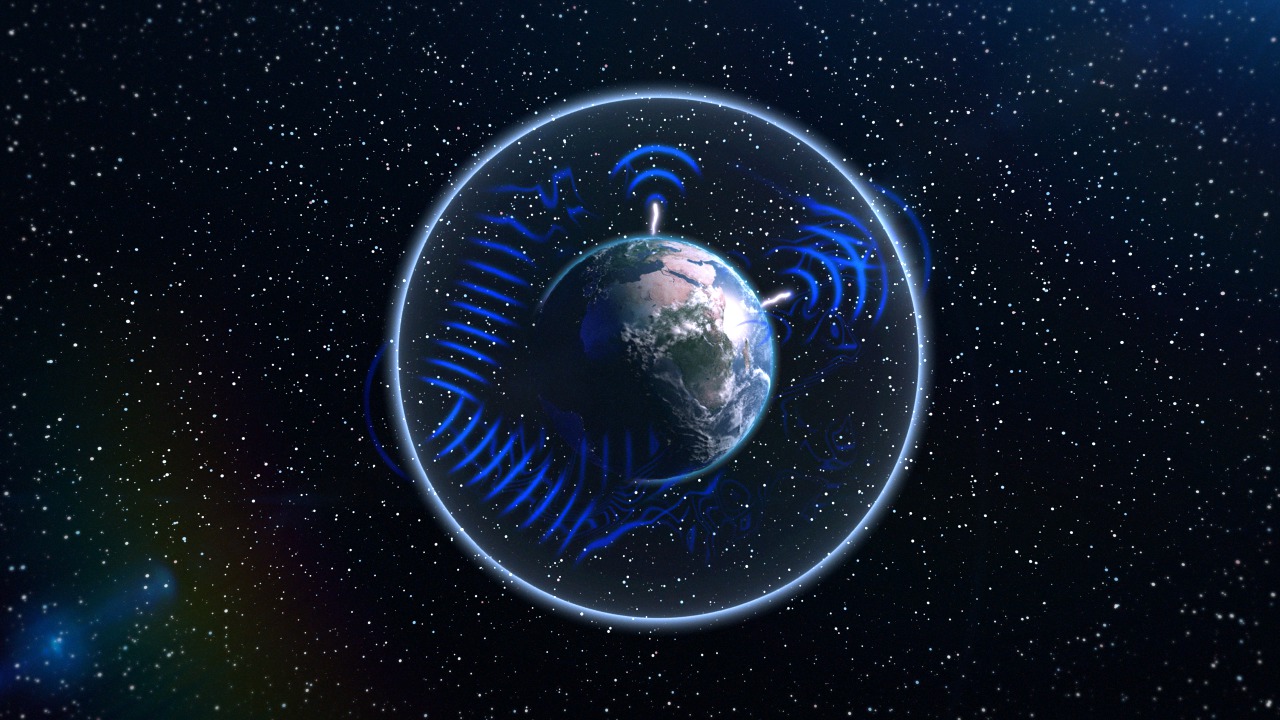Lightning Reverb
Lightning flashes some 50 times every second on Earth. These discharges release bursts of ultra-low-frequency energy that coalesce and get stronger, ultimately creating a beating pulse of electromagnetic waves around the planet. This phenomenon is called Schumann resonance, and it takes place between the ground and the lower ionosphere, a region of charged particles about 60 miles up in the atmosphere. Scientists had thought Schumann resonance was confined within the atmosphere and could only be observed from the planet's surface. Using NASA's Vector Electric Field Instrument (VEFI) aboard a U.S. Air Force satellite, scientists recently discovered that energy from the resonance sometimes leaks beyond Earth and can be detected from above, providing a new tool to analyze the chemical and physical makeup of the atmosphere. The animation shows how the electromagnetic energy from lightning gradually resonates around the planet and occasionally even reaches out into space.

Energy waves sparked by lightning resonate around Earth and reveal a leaky barrier to space.
Lightning flashes set up the resonance pattern that surrounds Earth and in some instances releases energy out of the atmosphere.

After bouncing off the ionosphere, the electromagnetic waves from a single lightning burst interact with and amplify other waves.

Gradually, the interplay among waves originating at many points around the planet creates a large-scale pattern of Schumann resonance.

Observations by NASA's Vector Electric Field Instrument on this Air Force satellite changed scientists' understanding of Schumann resonance.
For More Information
See NASA.gov
Credits
Please give credit for this item to:
NASA's Goddard Space Flight Center
Lightning photo courtesy of NOAA Photo Library, NOAA Central Library, OAR/ERL/National Severe Storms Laboratory (NSSL)
-
Animator
- Ryan Zuber (UMBC)
-
Video editor
- Scott Wiessinger (USRA)
-
Producer
- Walt Feimer (HTSI)
-
Writer
- Karen Fox (ADNET Systems, Inc.)
Release date
This page was originally published on Tuesday, July 3, 2012.
This page was last updated on Wednesday, May 3, 2023 at 1:52 PM EDT.
